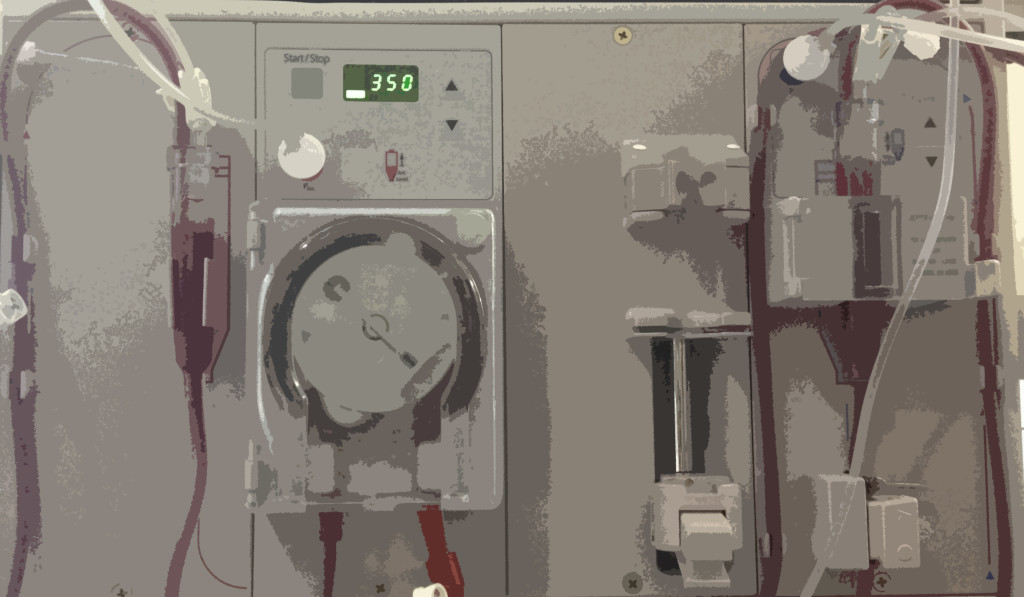Erik Osborn, MD, COL, MC USA, Director Adult Extracorporeal Service, Cardiovascular Intensive Care Unit at Inova Fairfax Hospital, presents the weekly multi-departmental critical care fellows’ lecture on “ECMO and the Brain”.
Lecture Summary by Dr. Erik Manninen
- Neurologic complications are one of the main impairments in the critically ill and neuro prognostication is difficult.
- Case example given of a patient with severe DAI (Diffuse Axonal Injury) who had various opinions on prognosis that varied significantly. In 2 months of therapy she was able to follow commands, was performing self-care at 4 months, and walked into a clinic appointment at 8 months post injury.
- Complications that occur are neurologic 20% of the time on ECMO. ICH (Intra-cranial hemorrhage 5-15%, stroke 10-20% and seizures 10-25%).
Preventative measures
- A lower heparin dose/range as there is a build-up of anti-coagulation effect (1/3 of heparin is biologically active)
- Avoid rapid decrease in PaCO2
- Keep platelets at 50,000-80,000
- Avoid hyperoxia by keeping PaO2 60-100 mmHg;
- Limit ECMO pump speed to 3,500 rpm
Neuro Monitoring tools
- NIRS (near infrared spectroscopy)
- NPi (neurological Pupil Index)
- OND (optic nerve sheath measured on POCUS)
- EEG (electroencephalogram)
- TCDs (transcranial Doppler)
Other pearls
- Consider CT Head if you do not have an adequate neuro exam for baseline and for any changes, as intracranial hemorrhage would necessitate cessation of heparin and consideration of ECMO withdrawal.
- Treatment of ICH is to give DDAVP, TxA, stop heparin for 3 days or so.
Important point to remember
The brain has greater regenerative capacity than we think and prognostication is difficult.
Uploaded by Sami Safadi, MD
Podcast: Play in new window | Download
Subscribe: Apple Podcasts | RSS



